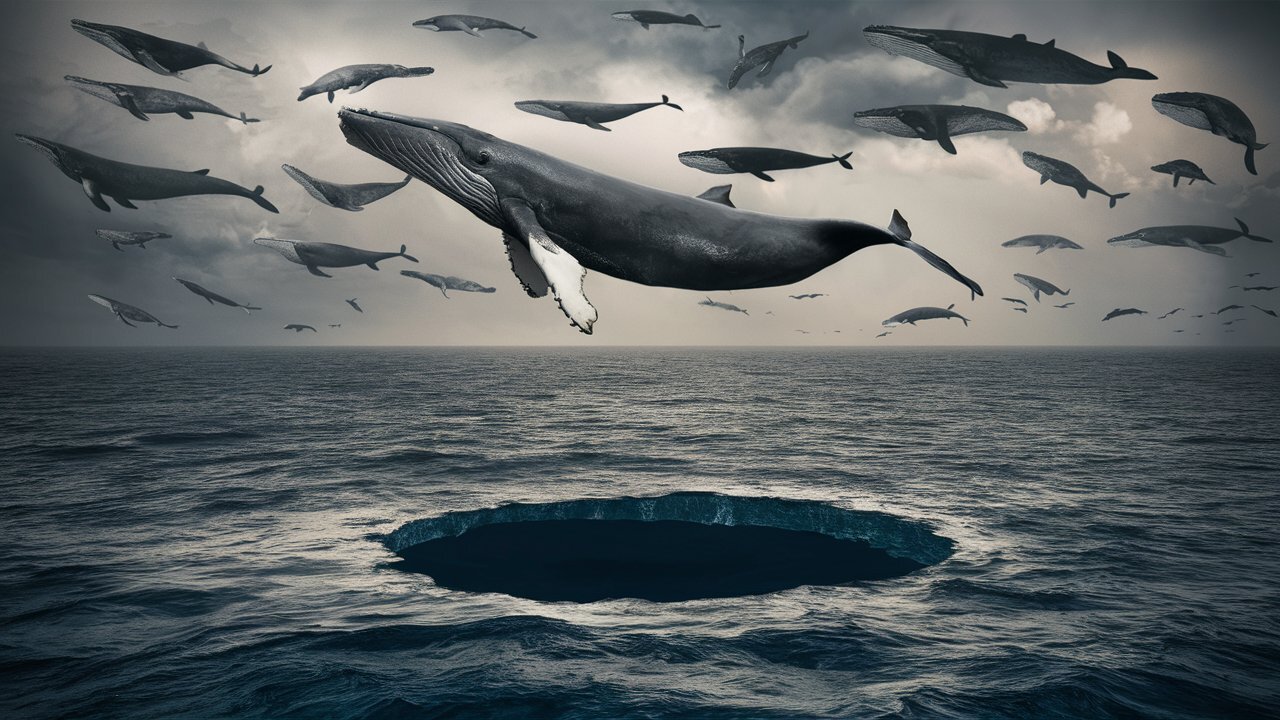The project, conducted by Duke University’s Marine Geospatial Ecology Laboratory, involved extensive data analysis work. It combined 17 years of visual research covering a wide area with acoustic data collected using hundreds of underwater microphones that captured whale sounds. This approach allowed the researchers to create a robust statistical model that estimated the number of whales per square kilometer over different time periods.
Such detailed maps provide a significant advantage over previous tracking methods such as electronic tags, which are harmful and impractical for large-scale monitoring. The new model also accounts for changes in whale migration and diet; This is important for identifying areas where whales need additional protection.
By identifying areas with high whale concentrations, authorities can take targeted measures to reduce risks associated with human activities.
Source: Ferra
I am a professional journalist and content creator with extensive experience writing for news websites. I currently work as an author at Gadget Onus, where I specialize in covering hot news topics. My written pieces have been published on some of the biggest media outlets around the world, including The Guardian and BBC News.











